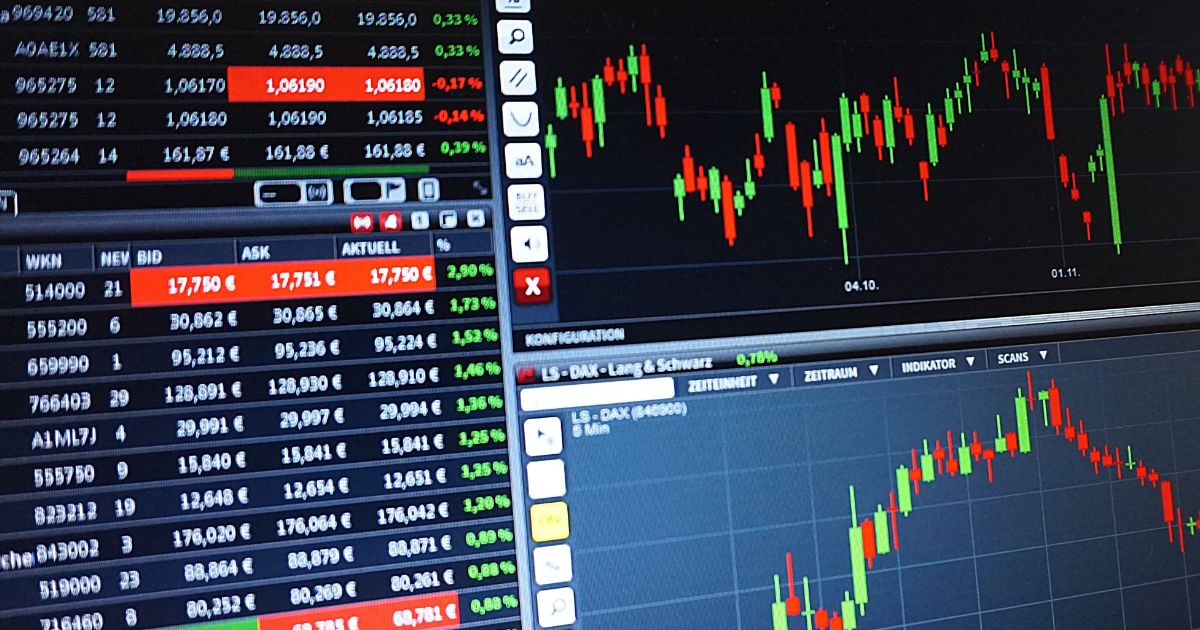
Wall Street's Big Move: What T+1 Cycle Means for Stakeholders
With the Wall Street now adopting the T+1 settlement cycle, the spotlight is back on what makes the settlement cycle so important and how does it affect the stakeholders.
In securities trading, understanding the settlement cycle is essential for investors, brokers, and other stakeholders. The settlement cycle refers to the time it takes to complete a securities transaction, from the point of trade execution to the transfer of securities and cash between the parties involved. This process ensures that securities and funds are exchanged accurately and efficiently. In this article, we will delve into the details of settlement cycles, focusing particularly on the T+2 and T+1 cycles, which are the most common in today's markets.
The settlement cycle begins when a trade is executed. On success, both parties receive a confirmation detailing the specifics of the transaction. This confirmation serves as a legally binding agreement between the buyer and seller. The details of the trade are matched during the clearing and the obligations of each party are determined. This process is typically facilitated by a clearinghouse or central counterparty. Finally, settlement involves the transfer of securities from the seller to the buyer and the transfer of funds from the buyer to the seller. This process may involve multiple intermediaries, such as custodian banks and central securities depositories, depending on the market structure.
The "T" in T+2 and T+1 stands for "transaction date," while the number represents the number of business days it takes for a trade to settle after the transaction date.
1. T+2 Settlement Cycle:
In a T+2 settlement cycle, transactions settle two business days after the trade date. For example, if a trade is executed on Monday (the trade date), settlement would occur on Wednesday (T+2). This cycle has been the standard in many major securities markets for several decades. This provides a reasonable amount of time for trade confirmation, clearing, and settlement, balancing efficiency with risk mitigation.
2. T+1 Settlement Cycle:
The T+1 settlement cycle shortens the settlement period to one business day after the trade date. In this scenario, trades executed on Monday would settle on Tuesday (T+1). The adoption of the T+1 cycle represents an evolution in securities market infrastructure aimed at reducing risks and increasing efficiency.
By settling trades more quickly, the T+1 cycle minimizes counterparty risk and market risk, as well as reducing the need for margin requirements and improving liquidity. However, implementing a T+1 settlement cycle requires significant changes to market infrastructure, including upgrades to trading systems, clearing processes, and risk management frameworks.
Factors Influencing Settlement Cycle Choices:
The choice between T+2 and T+1 settlement cycles is influenced by a variety of factors, including regulatory requirements, market conventions, technological capabilities, and risk considerations.
1. Regulatory Environment: Regulatory bodies may mandate specific settlement cycles to promote market integrity, investor protection, and financial stability.
2. Market Practices: Market participants may adopt settlement cycles based on industry standards and conventions. In some cases, regional differences may exist.
3. Technological Infrastructure: The availability of advanced technology and infrastructure plays a crucial role in determining the feasibility of shorter settlement cycles.
4. Risk Management: Managing risks associated with securities transactions is a primary consideration for market participants and regulators. Shortening the settlement cycle can reduce counterparty risk, operational risk, and systemic risk, enhancing overall market resilience.
As securities markets continue to evolve, advancements in financial technology (FinTech) and distributed ledger technology (DLT), such as blockchain, have the potential to further streamline settlement processes and facilitate real-time settlement of securities transactions.
Popular Categories
Read More Articles
Business
D2C plant-based nutrition brand Earthful is hiring Moms to Speak on Menopause & is offering ₹1 Lakh Stipend! by Awadh 360° Desk December 15, 2025India
Appropriation vs. Appreciation: Reclaiming Indian Culture, Craft and Credit by Mohammed M. Raza December 13, 2025Politics
BJP turns to OBC leader Pankaj Chaudhary for UP top post by Awadh 360° Desk December 13, 2025Business
KGMU, Aditya Birla Capital Inaugurate State-of-the-Art BMT Ward to Transform Cancer Care in Uttar Pradesh by Awadh 360° Desk December 12, 2025



